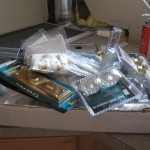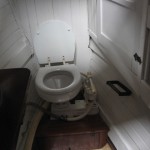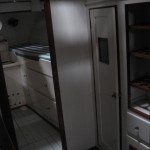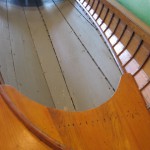Design/Planning Phase –
This is an often overlooked, but very important, phase of any home renovation or repair project. Even if your project is as simple as hanging a door or painting a room, you need to start with a plan if you want to stay focused, do a good job, and get the project done.
With complicated projects like kitchens and baths, this is even more true. On many home shows, you’ll see designers and developers jump into a project with nothing more than a cabinet layout. They might walk around and talk about where they think they want some lights, doors and windows to go. That’s not a plan. It won’t tell the electrician or plumbers or carpenters where things are supposed to go, what is staying, and what is being demolished. You won’t know what the project will cost. Without a complete set of plans, you can’t get a construction permit, so your project may be worth less when you go to resell or refinance. Without a complete set of drawings, mistakes will be made, so you may end up paying even more to correct the mistakes made.
























